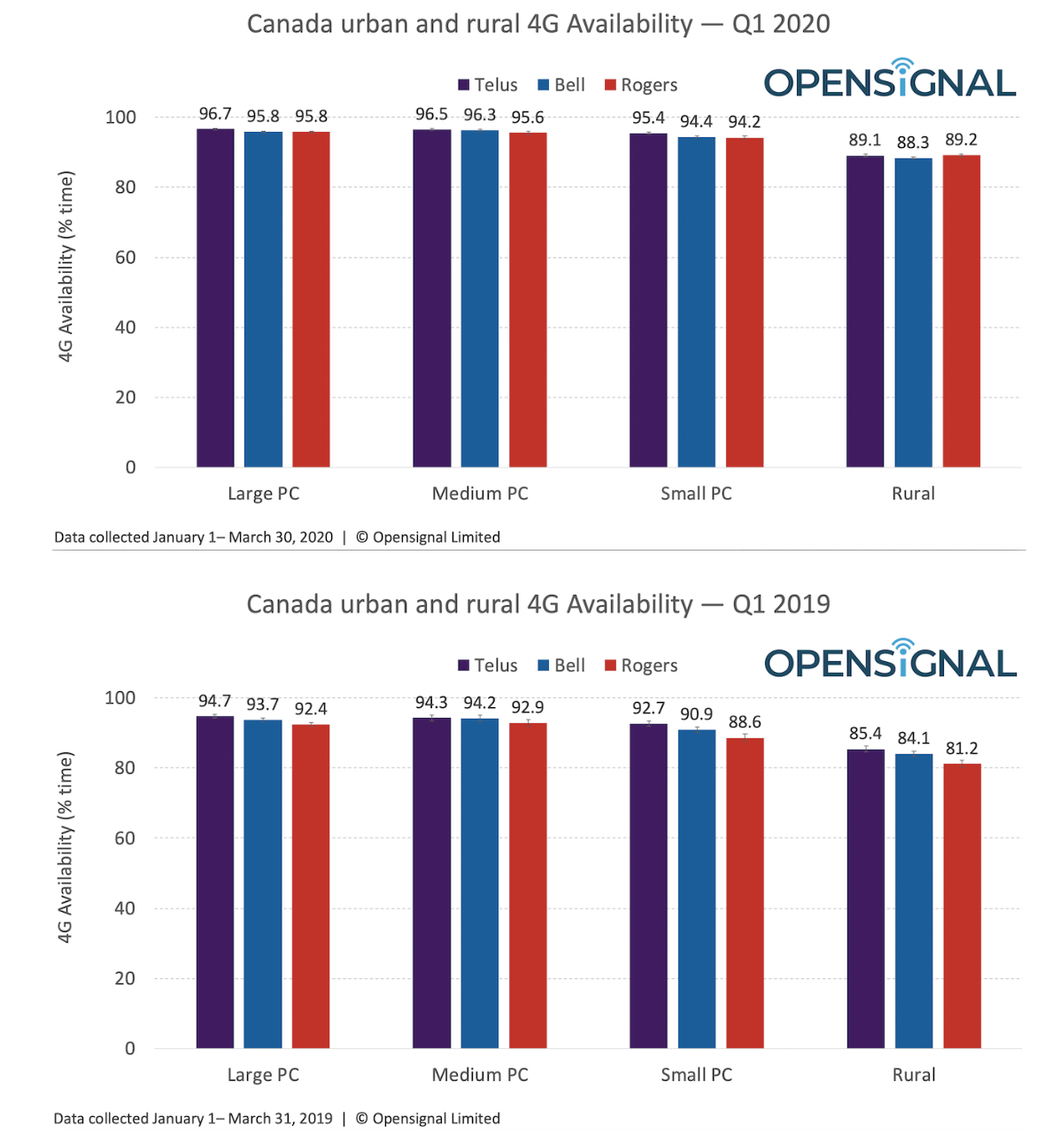The Ontario provincial government has announced a $150 million investment in providing reliable broadband and cellular services to rural communities as phase one of its $315 million Up to Speed: Ontario’s Broadband and Cellular Action Plan initiative.
In addition to improving service for daily users and broadband performance, the fund will go towards connecting farmers, small businesses, and students learning from home. With IoT devices proliferating and traditional workflow being digitized, better connectivity is required. Future banking, agriculture, autonomous vehicles will also heavily rely on mobile networks.
The funding will draw upon investments from both government and partner funding. The initiative will accept applications from telecom companies, municipal governments, First Nation communities, and nonprofits.
“As we carefully restart the economic engine of Canada, every region and every community will play a role in bringing jobs and prosperity back to our province,” said Premier Doug Ford in the announcement. “By investing in reliable broadband and cellular service, we are helping to create greater opportunity for our families, farmers and small business owners in rural and remote areas of this great province.”
Canada’s rural area network problems
Almost 19 per cent of Canada’s population is located in rural areas. Not accounting for other Ontario regions, Eastern Ontario alone is home to 750,000 residents living in 13 counties and single-tier municipalities. Nearly 12 per cent of households in Ontario, mostly ones in these rural areas, lack adequate access to internet. Moreover, about 10 per cent of rural Eastern Ontario has no cell service.

When social distancing began, the surge in home internet usage strained rural networks. The Canadian Internet Registration Authority (CIRA) found that in April, the median rural download speed was 11.7 times slower than that of urban centres (44.09Mbps), dropping from the typical 4 to 7 Mbps to 3.78Mbps. Contrary to rural areas, urban centres saw their network speeds increase, rather than drop, during the pandemic.
The Canadian government at all levels has been actively investing in networks for rural areas in Ontario. On May 17, 2019, 10 Ontario municipalities jointly announced a $71 million investment into the Eastern Ontario Regional Network (EORN) project to eliminate cellular dead zones. With partner investment, the project’s total value is estimated at $213 million and is expected to generate up to 3,000 jobs over 10 years and $420 million in potential revenue.
Lisa Severson, communications director of EORN, said in an email that EORN has issued the request for proposal (RFP) for the May 2019 project on April 20, 2020, and is expecting a response in August. Construction for approved submissions is expected to start in spring 2021.
In a previous interview, Severson estimated that it would cost between $500 to $700 million to bring 50Mbps download and 10Mbps upload speeds to 95 per cent of residents in rural Eastern Ontario, a country-wide speed target set by the CRTC in 2016. She noted that continual investment is key to realizing this goal.
“We’re very appreciative of both the federal and provincial governments for all that they have invested into Eastern Ontario, but without subsidy, it makes it really hard for the private sector to come into some of those more rural, less populated areas,” she said.

Opensignal’s 2020 rural Canada mobile experience report showed that rural mobile network performance has been steadily rising. Download speeds over 4G have increased on Bell, Rogers, and Telus’ networks, the three largest carriers in Canada, by as much as 70 per cent year-over-year. While signal coverage has jumped by 4 to 8 per cent, it still hasn’t crossed the 90 per cent mark. For comparison, population centers with more than 1,000 inhabitants have 4G signal availability exceeding 94 per cent of the time.

As Canada continues to invest in building its networks, some question the viability of the country’s strategy. A report published in March by the West Parry Sound (WPS) Smart Community Inc, an initiative to bolster the area’s network, criticized Canada’s broadband strategy.
“A comprehensive Broadband Strategy is about more than just funding. It must address the known constraints, issues, sustainability and opportunities,” indicated the report. “The current environment of internet is complex with many disparate players, policies that are out of date and not effective, political agendas, data that reflects the oligopoly agendas vs fact, over-builds situations, ineffective use of public funds, no performance follow-up for funds provided, snail slow funding application processes, funding allocated and not spent.”
The WPS Smart Community Inc. listed 11 recommendations to ameliorate current policies, including alleviating current bandwidth shortage, establishing partial ownership to infrastructure, and mandating the inclusion of fibre to all future infrastructure projects amongst others.
On September 22, 2019, Prime Minister Justin Trudeau pledged to lower mobile subscription costs by 25 per cent as a part of his campaign promise. The prime minister said in a tweet that “Canadians pay too much for their cellphone bills.”
Canadians pay too much for their cell phone bills. And we’re going to change that. A re-elected Liberal government will cut the cost of your wireless services, saving the average family $1,000 a year. https://t.co/fakXhzN8YF
— Justin Trudeau (@JustinTrudeau) September 22, 2019
